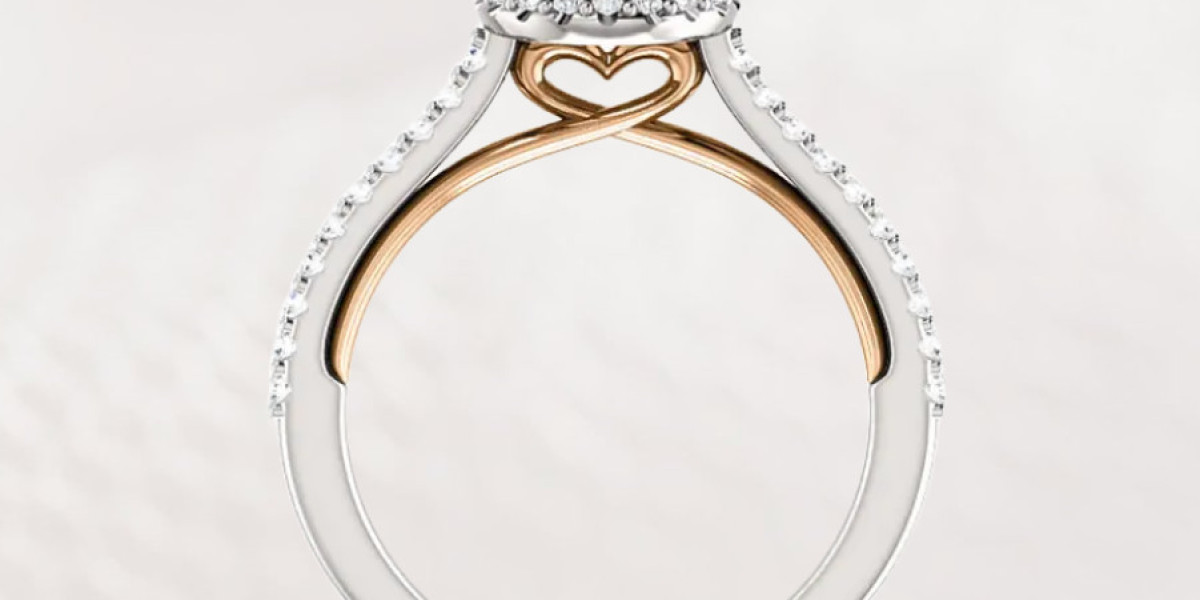An engagement ring is more than just a piece of jewelry; it symbolizes love, commitment, and the promise of a future together. Selecting the perfect ring can be a daunting task with countless options and considerations. This comprehensive guide aims to simplify the process by breaking down the key elements of choosing an engagement ring, from understanding diamond characteristics to exploring popular styles and ethical options.
The Four Cs of Diamonds
Understanding the Four Cs—Cut, Color, Clarity, and Carat weight—is essential when selecting a diamond.
- Cut: The cut determines a diamond's brilliance. A well-cut diamond reflects light beautifully, enhancing its sparkle. Cuts are graded from Excellent to Poor.
- Color: Diamonds are graded on a scale from D (colorless) to Z (light yellow or brown). Colorless diamonds are the most valuable, but near-colorless diamonds (G-H) offer good value for their appearance.
- Clarity: Clarity measures the presence of inclusions (internal flaws) and blemishes (external flaws). The clarity scale ranges from Flawless (no visible imperfections under 10x magnification) to Included (imperfections visible to the naked eye).
- Carat Weight: Carat refers to the diamond's weight. Larger diamonds are rarer and more expensive, but the overall beauty of the ring depends on the balance of the Four Cs.
Popular Engagement Ring Styles
Engagement rings come in various styles, each offering a unique look and feel. Here are some popular options:
- Solitaire: Featuring a single diamond on a plain band, the solitaire ring is a timeless and elegant choice that highlights the beauty of the center stone.
- Halo: This style features a central diamond surrounded by smaller diamonds, creating a halo effect that enhances the ring's sparkle and perceived size.
- Three-Stone: Representing the past, present, and future, three-stone rings are both meaningful and visually striking.
- Vintage: Vintage rings are inspired by different historical periods and often feature intricate details and unique designs, perfect for those who appreciate classic elegance.
- Modern: Modern designs incorporate sleek lines and unconventional settings, appealing to those with contemporary tastes.
Choosing the Right Metal
The metal of the band plays a crucial role in the overall look of the engagement ring. Here are some common choices:
- Platinum: Known for its durability and hypoallergenic properties, platinum is a premium choice that retains its luster over time.
- White Gold: White gold offers a similar appearance to platinum at a lower cost but requires periodic re-plating to maintain its shine.
- Yellow Gold: Classic and warm, yellow gold is a traditional choice that complements a variety of diamond colors.
- Rose Gold: With its romantic pink hue, rose gold has gained popularity for its unique and vintage appeal.
Customizing Your Engagement Ring
For a truly unique and personal touch, consider a custom-designed engagement ring. Working with a jeweler to create a bespoke piece allows you to choose every aspect, from the diamond and setting to the band style and metal. Custom rings can reflect personal stories, preferences, and the unique bond you share with your partner.
Ethical Considerations
In today’s world, many couples prioritize ethical and sustainable practices when choosing an engagement ring. Here are some options to consider:
- Conflict-Free Diamonds: Ensure the diamond is sourced from mines that adhere to ethical labor practices and environmental standards.
- Lab-Grown Diamonds: These diamonds are created in controlled environments and are chemically identical to natural diamonds, often with a smaller environmental footprint.
- Recycled Metals: Using recycled gold or platinum reduces the demand for new mining and supports eco-friendly practices.
Tips for Buying an Engagement Ring
- Set a Budget: Determine how much you're willing to spend before you start shopping. This helps narrow down your options and prevents overspending.
- Do Your Research: Educate yourself on the Four Cs, different styles, and what your partner likes. This knowledge will help you make an informed decision.
- Choose a Reputable Jeweler: Look for jewelers with positive reviews, certifications, and transparent policies.
- Get Certification: Ensure the diamond comes with a certification from a reputable grading authority like the Gemological Institute of America (GIA) or the American Gem Society (AGS).
- Consider Insurance: Protect your investment by insuring the engagement ring. Many jewelers offer insurance or can recommend a provider.
Conclusion
Selecting an engagement ring is a significant and personal decision that should reflect your love and commitment. Visit here By understanding the essentials, exploring different styles, and considering ethical options, you can find a ring that perfectly symbolizes your unique relationship. Take your time, enjoy the process, and remember that the most important aspect of the ring is the love it represents. Happy shopping!



